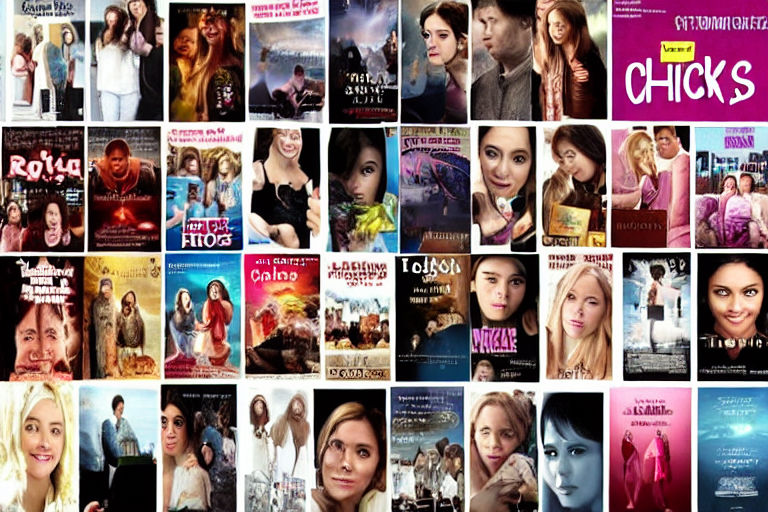The Evolution of Chick Flicks: A Look at How the Genre Has Developed Over Time
Chick flicks have been a popular movie genre for decades, showcasing strong female leads and exploring the complexities of relationships. However, the landscape of these films has changed significantly over time.
The Early Days
In the 1950s and 1960s, chick flicks focused on the romantic escapades of young women, often featuring musical numbers and saccharine storylines. The popular film The Bachelor and the Bobby-Soxer (1947) starring Cary Grant and Shirley Temple exemplifies this era, with a focus on the "will they or won't they" tension between the main characters.
Second Wave Feminism
In the 1970s and 1980s, the feminist movement had a significant impact on the genre. Films like An Unmarried Woman (1978) and Nine to Five (1980) showcased women in the workplace and explored issues related to gender inequality. These movies were less focused on romance and more on the struggles and triumphs of independent women.
The Rom-Com Boom
The 1990s brought about a wave of romantic comedy chick flicks, with films like Pretty Woman (1990) and While You Were Sleeping (1995) becoming box office hits. These movies often followed a formulaic structure, with a meet-cute, a misunderstanding, and a happy ending.
The Modern Era
In recent years, chick flicks have become more diverse and inclusive, featuring leads of different races, sexualities, and backgrounds. Films like Crazy Rich Asians (2018) and The Lovebirds (2020) bring fresh perspectives to the genre and showcase the complexities of modern relationships.
The Future of Chick Flicks
As the film industry continues to evolve, so too will the genre of chick flicks. With a growing demand for diverse representation and complex storytelling, we can expect to see even more exciting and boundary-pushing movies in the years to come.
In conclusion, chick flicks have come a long way since their early days as fluffy romance films. With each wave of feminism and cultural shift, the genre has adapted and grown, showcasing a range of perspectives and experiences. As we look forward to the future of chick flicks, we can be excited to see what new and exciting stories will be told.



